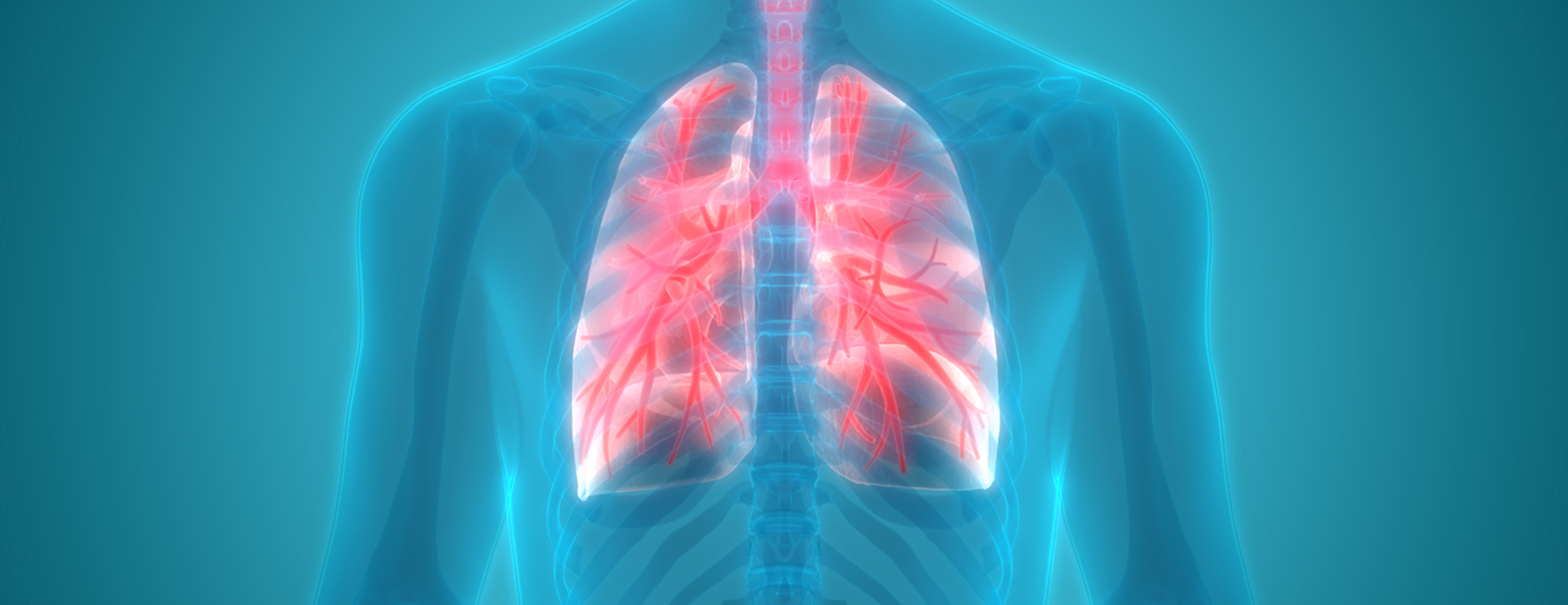
Lung gallium scan
Definition
Lung gallium scan is a type of
Alternative Names
Gallium 67 lung scan; Lung scan; Gallium scan - lung; Scan - lung
How the Test is Performed
Gallium is injected into a vein. The scan will be taken 6 to 24 hours after the gallium is injected. (Test time depends on whether your condition is
During the test, you lie on a table that moves underneath a scanner called a gamma camera. The camera detects the radiation produced by the gallium. Images are displayed on a computer screen.
During the scan, it is important that you keep still to get a clear image. The technician can help make you comfortable before the scan begins. The test takes about 30 to 60 minutes.
How to Prepare for the Test
Several hours to 1 day before the scan, you will get an injection of gallium at the place where the testing will be done.
Just before the scan, remove jewelry, dentures, or other metal objects that can affect the scan. Take off the clothing on the upper half of your body and put on a hospital gown.
How the Test will Feel
The injection of gallium will sting, and the puncture site may hurt for several hours or days when touched.
The scan is painless, but you must stay still. This may cause discomfort for some people.
Why the Test is Performed
This test is usually done when you have signs of inflammation in the lungs. This is most often due to
Normal Results
The lungs should appear of normal size and texture, and should take up very little gallium.
What Abnormal Results Mean
If a large amount of gallium is seen in the lungs, it may mean any of the following problems:
- Sarcoidosis (disease in which inflammation occurs in the lungs and other tissues of the body)
- Other respiratory infections, most often a type of pneumonia caused by the fungus
Pneumocystis jirovecii
Risks
There is some risk to children or unborn babies. Because a pregnant or nursing woman may pass on radiation, special precautions need to be taken.
For women who are not pregnant or nursing and for men, there is very little risk from the radiation in gallium, because the amount is very small. There are increased risks if you are exposed to radiation (such as x-rays and scans) many times. Discuss any concerns you have about radiation with the health care provider who recommends the test.
Considerations
Usually the provider will recommend this scan based on the results of a
References
Harisinghani MG, Chen JW, Weissleder R. Chest imaging. In: Harisinghani MG, Chen JW, Weissleder R, eds. Primer of Diagnostic Imaging. 6th ed. Philadelphia, PA: Elsevier; 2019:chap 1.
Jokerst CE, Gotway MB. Thoracic radiology: noninvasive diagnostic imaging. In: Broaddus VC, Ernst JD, King TE, et al, eds. Murray and Nadel's Textbook of Respiratory Medicine. 7th ed. Philadelphia, PA: Elsevier; 2022:chap 20.
Review Date: 07/31/2022
The information provided herein should not be used during any medical emergency or for the diagnosis or treatment of any medical condition. A licensed physician should be consulted for diagnosis and treatment of any and all medical conditions. Call 911 for all medical emergencies. Links to other sites are provided for information only -- they do not constitute endorsements of those other sites. Copyright ©2019 A.D.A.M., Inc., as modified by University of California San Francisco. Any duplication or distribution of the information contained herein is strictly prohibited.
Information developed by A.D.A.M., Inc. regarding tests and test results may not directly correspond with information provided by UCSF Health. Please discuss with your doctor any questions or concerns you may have.





